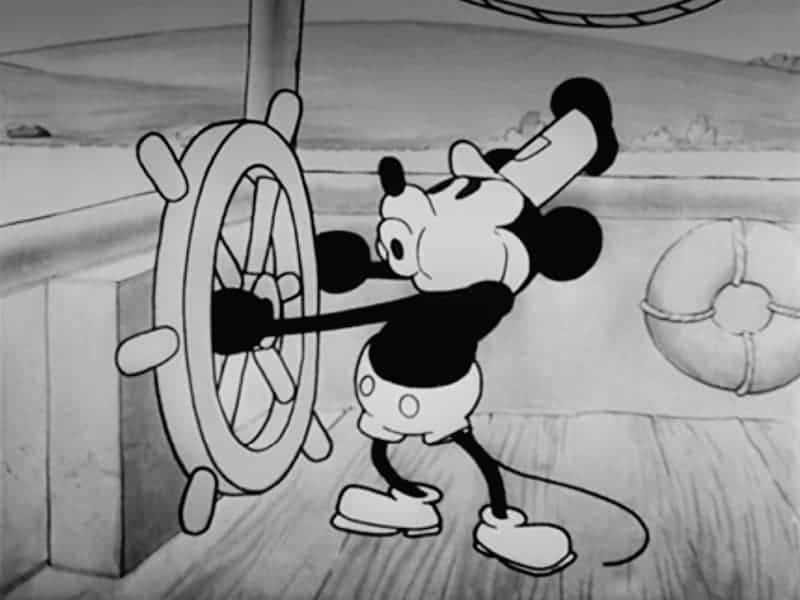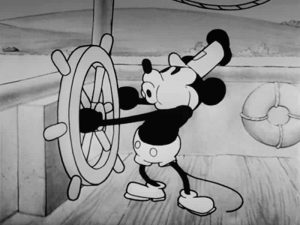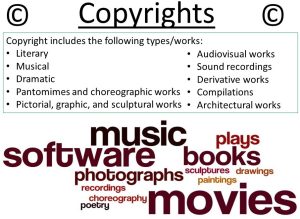The Mickey Mouse Protection Act
When you hear The Mickey Mouse Protection act, you
are probably thinking about how to keep the mouse’s tail out from under the heavy boots of the Florida State Governor. But the Law that is informally called the Mickey
Mouse Protection Act of 1995 extended copyright protection for an additional 20
years, giving Disney until November 2024 before the first copyrights on Mickey Mouse
begin to roll off copyright protection. This means that by Christmas of 2024 you can
start to borrow and modify aspects of Steamboat Willie’s 1928 movie including
the world-famous Mickey Mouse figure. HOWEVER, step softly around the mouse
because Disney does have dozens of trademarks, so what comes into public domain
on the one four-fingered hand, might still have intellectual property
protection on the other.
The Copyright
Term Extension Act of 1995 was sponsored by the late Sonny Bono of Sonny
& Cher, so Sonny Bono’s name is part of the act. It is (derisively) called
the Mickey Mouse Protection Act because Disney was one of the biggest and most
conspicuous beneficiaries. Under the new law, corporations now have 95 years
from first publication before their creative works go into the public domain.
During that time the copyright owner(s) has exclusive rights to their creative
works including sales and royalties. The intellectual property ownership of
those rights can be assigned or sold. For an individual author/creator, the
copyright lasts for 70 years after death. If multiple creators/authors, the
copyright lasts for 70 years after the last author dies. (https://www.copyright.gov/help/faq/faq-duration.html)
The cool thing about copyright (and trademark, for that
matter) is that you simply put the cute copyright symbol © on creative works
you want to designate as copyrighted and it magically becomes copyrighted.
Cool. This is why you would want to indicate “copyright” on promotional
materials, your books and your web site content. Books are often “registered”
to strengthen copyright protection and to provide documentation if a lawsuit is
needed to enforce your copyrights.
What happens when a creative work loses its copyright
protection? “After the copyright expires, the creative work falls into the
public domain. Anyone can use a work in the public domain without permission or
payment to the copyright holder. This includes making copies of the creative
work and distributing transformative versions of it.” (https://MEKipLaw.com/the-mickey-mouse-copyright/)
All types of intellectual property protection are discussed
in the Patent Primer by Hall & Hinkelman.
Visit the SBP Bookstore: http://www.lulu.com/spotlight/SBPlan
Hall, E. B. & Hinkelman, R. M. (2017). Perpetual
innovation™: Patent Primer 4.0. Patents, the great equalizer of our time.
(Also, find on Amazon in e-Book format.)
#Copyright #IntellectualProperty #PerpetualInnovation
#IPCommercialization



